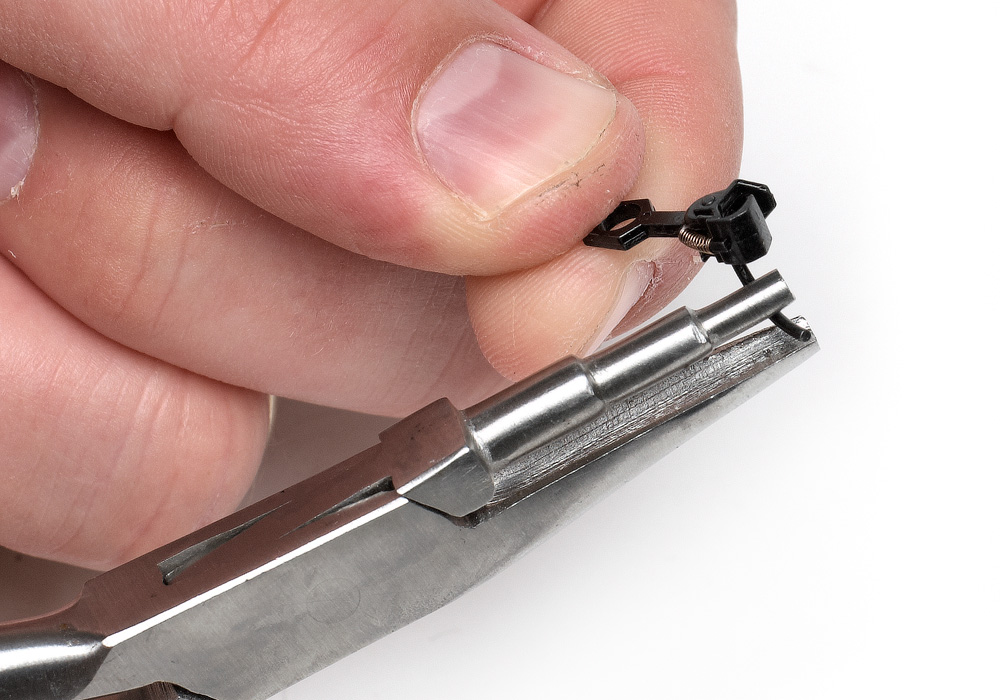
Q: I have a Bachmann stockcar whose couplers hang down so low that the pins catch on turnout closure rails, grade crossings, or crossing diamonds. How can I get them up to the right height? Will a coupler shim work, or do I need to do something else? – Joseph Kuepfer, Milverton, Ont. A: That depends […]
Read More…
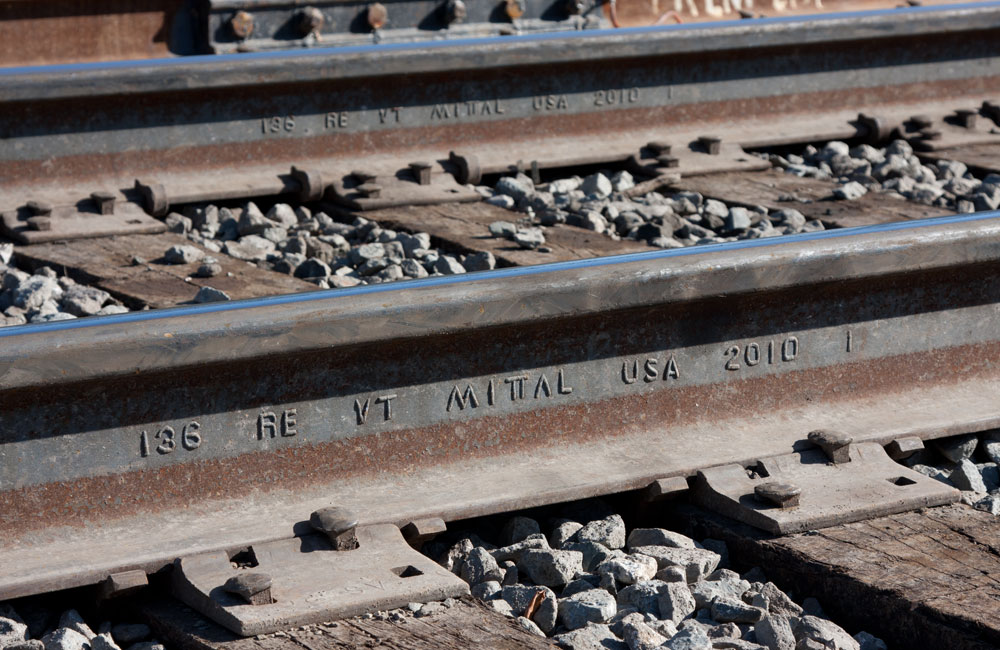
Q: What weight of rail (pounds per yard), does Code 83 represent? Maybe you could publish a table of weight vs. code vs. scale? – Jeff Schredder, Burbank, Calif. A: The relation of model rail code to prototype rail weight depends, of course, on scale. I found in the March 1940 issue of Model Railroader a […]
Read More…
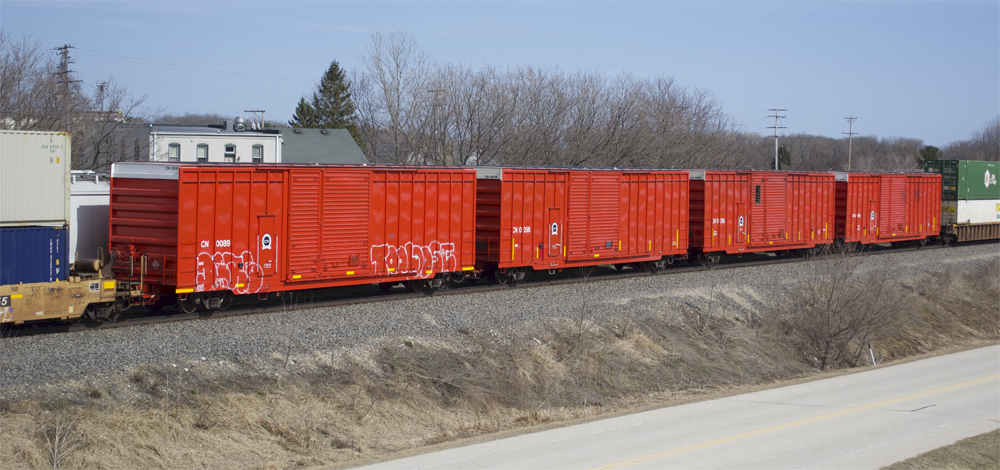
Q: I recently saw these bright orange boxcars parked near the Canadian National Woodcrest Shops. They have CN reporting marks, though I haven’t gotten close enough to get specific numbers. Many of them have red lights on both ends that look to be like the ones used at crossing gates. They must move these cars […]
Read More…
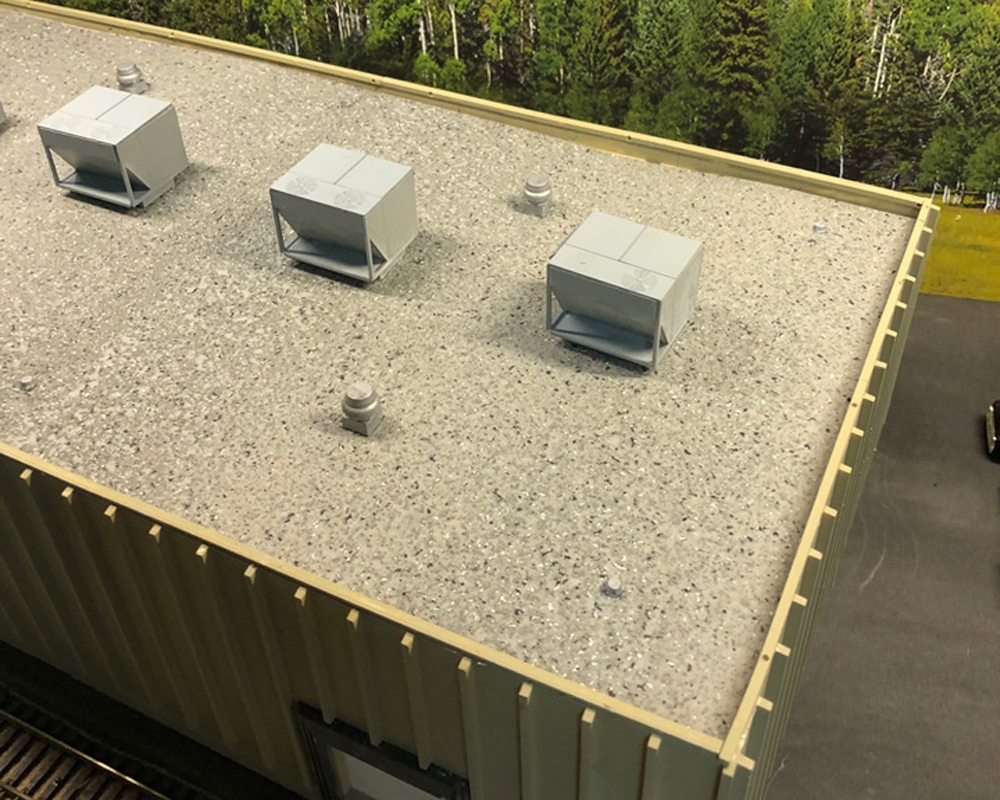
I have a tip that I think other modelers might like: a fast and easy way to make a terrific roof covering. The gravel roof in the accompanying photo was painted with Rustoleum American Accents Stone textured finish. It went on in one coat and looks even better in person than in the photo. This […]
Read More…
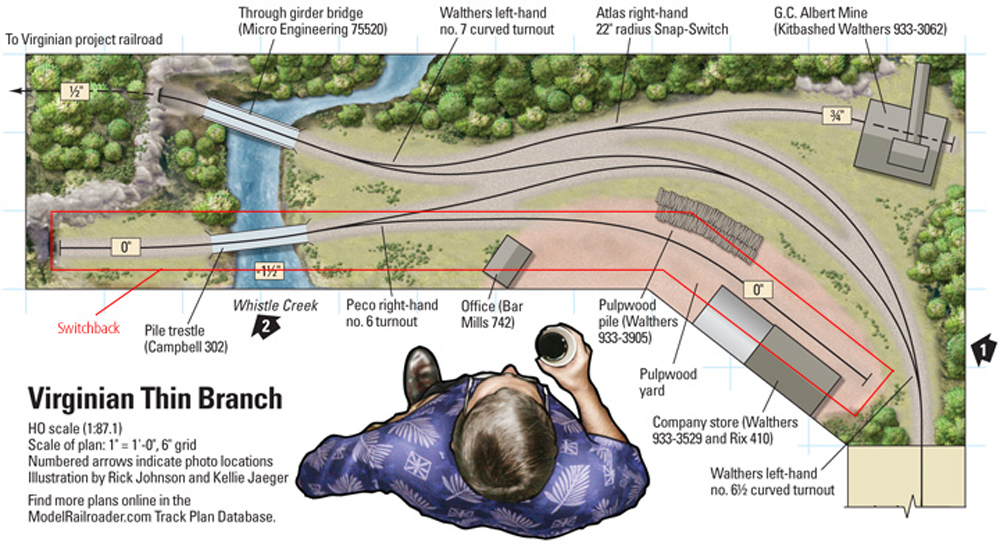
Q: What exactly is a switchback and how does it work? I originally thought it was a switching move backwards against the turnout (switch). But I read about switchbacks being used in maneuvering hills. I was also wondering if you could refer me to any back issues of MR where they have been used in a […]
Read More…
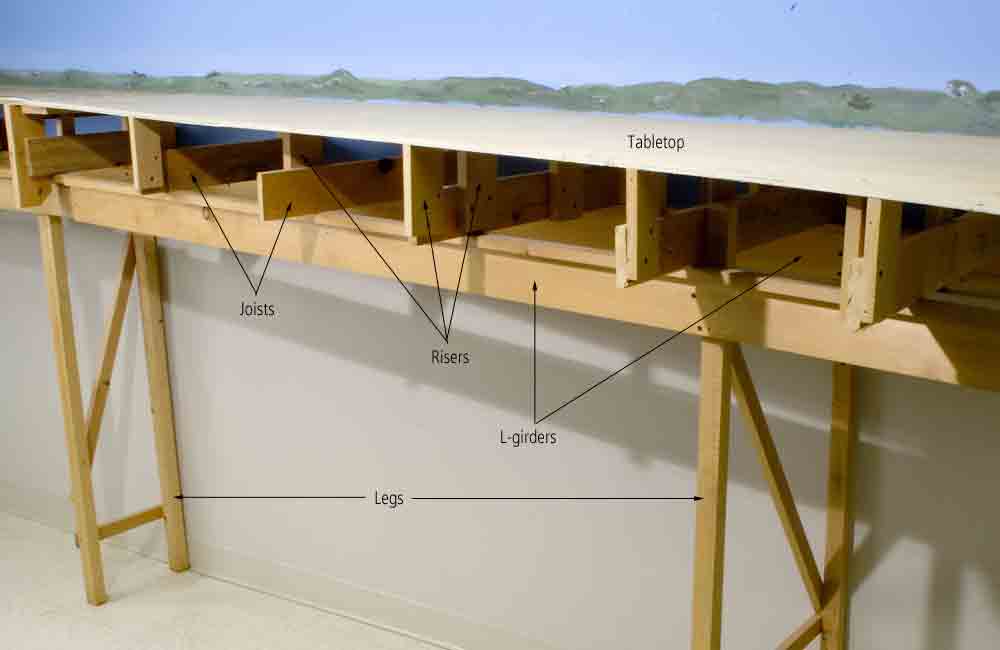
Q: When building benchwork for a model railroad 24 inches deep by 6 feet long, how far apart should the L-girders be from each other? I was studying the graphic drawing of benchwork on the top of page 91 in the book Popular Model Railroads You Can Build (Kalmbach Books, 1977, out of print), and […]
Read More…
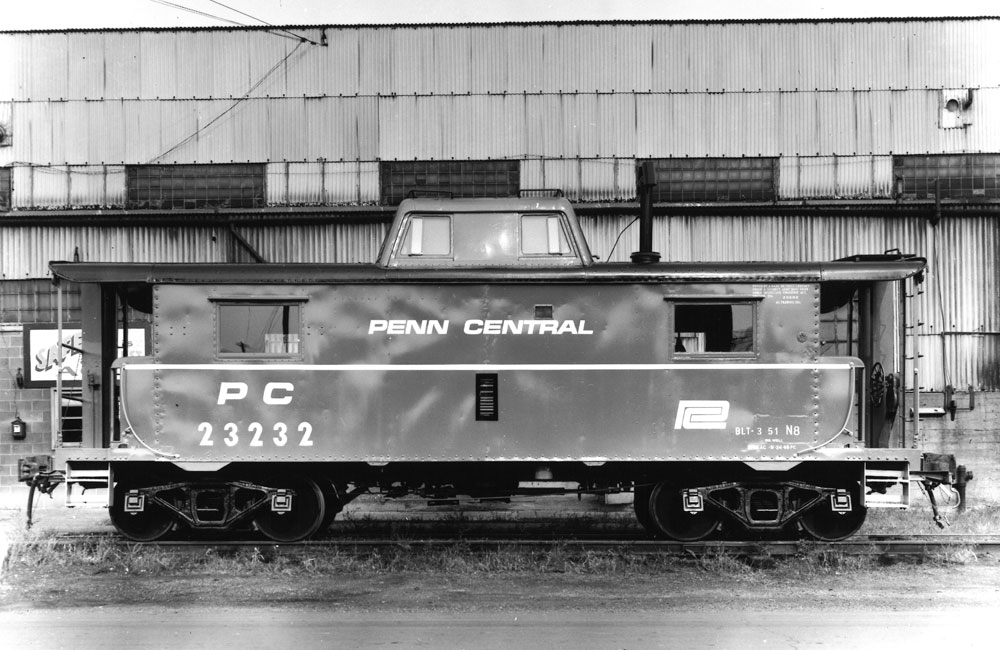
Q: I am a fan of the Penn Central RR. While visiting my local hobby shop, I saw a model of a PC caboose with a white stripe down the middle. Is it prototypical? And why the white stripe? – Mark Kroll A: Yes. Although it was uncommon, that was a prototypical scheme. I’ve seen it […]
Read More…
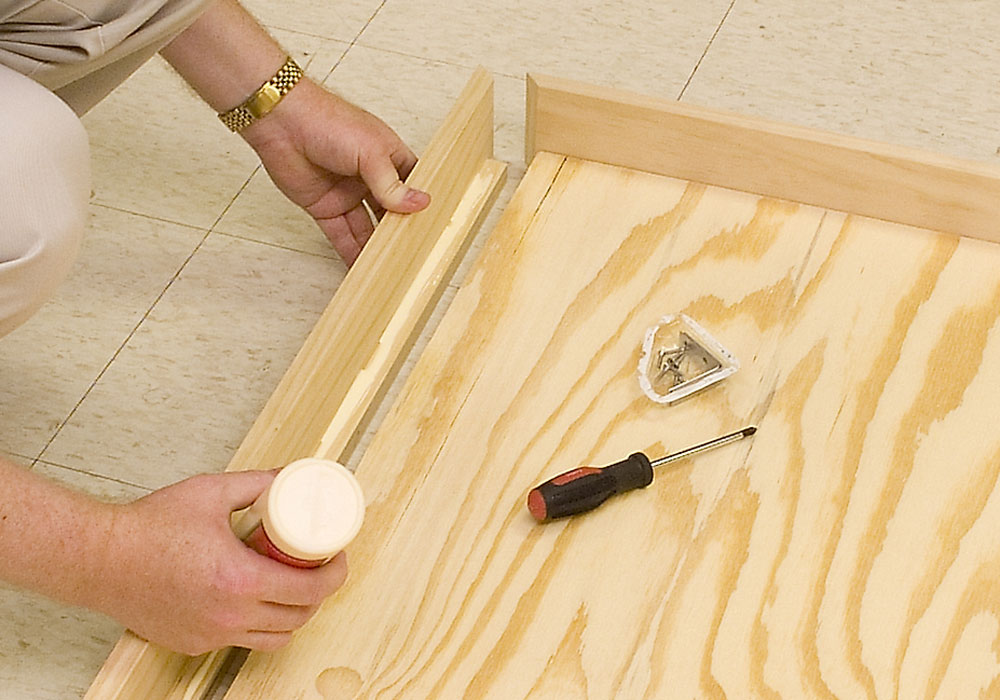
Q: I have a couple of questions about the benchwork construction of your Spartanburg Subdivision. How large did you cut the plywood sheet? Did you attach the 1x4s to the top of the plywood sheet, or at the sides? Where did the trim pieces go? How large was the sheet of foam you put in […]
Read More…
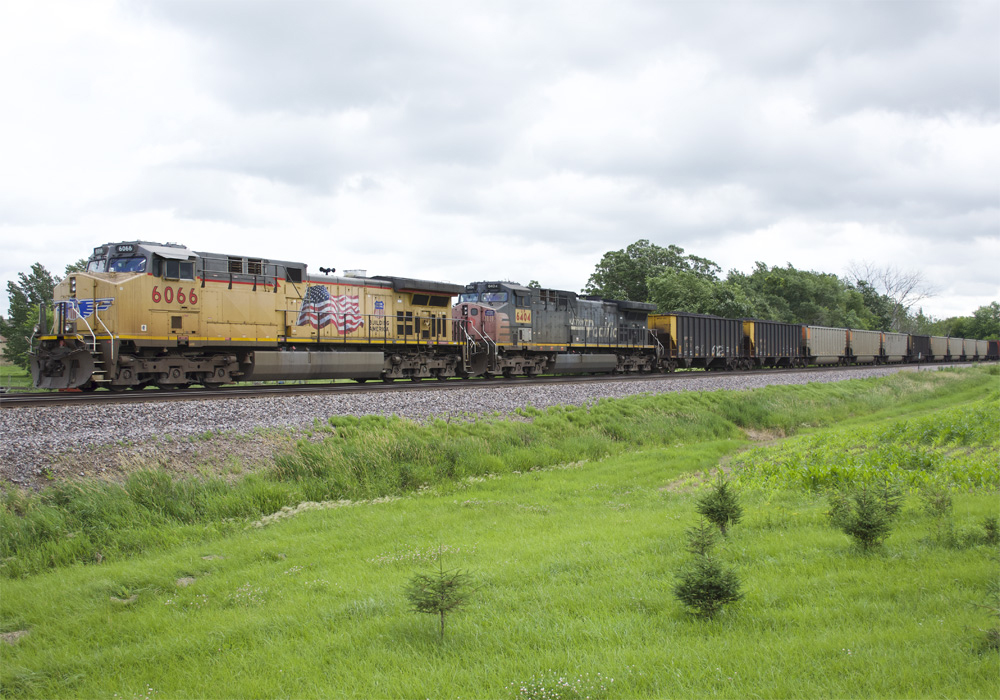
Q: When I run a unit coal train of Bethgon Coalporter gondolas, should the colored (rotary) ends face toward the front or the rear of the train? Which is most prototypical? – Nathan Penn, Monmouth, Ill. A: If possible, a double-rotary-ended car should be the first car in the train, since the coupler on the locomotive […]
Read More…
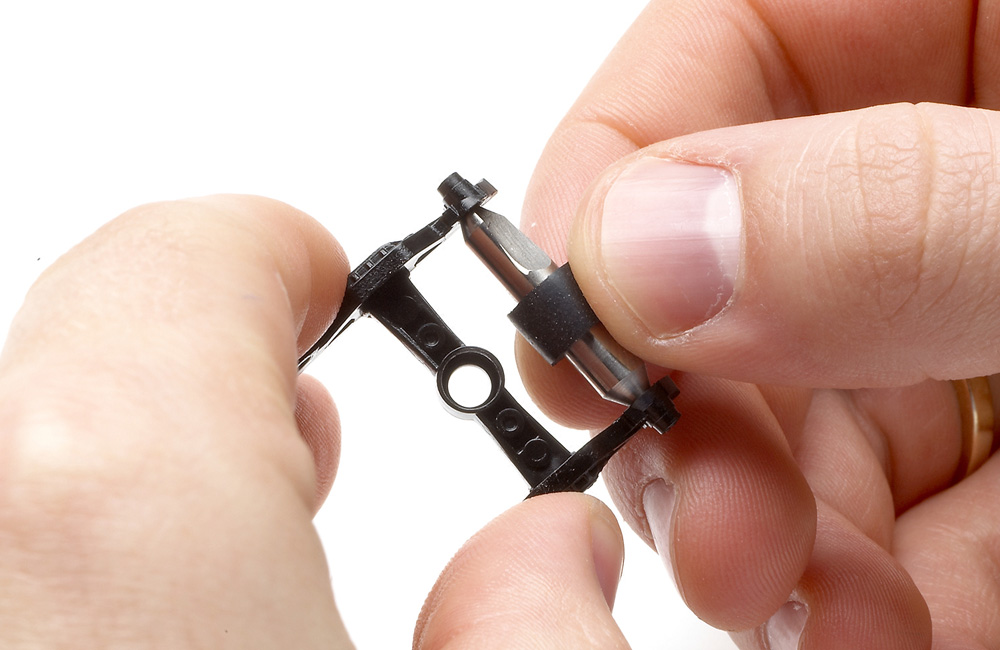
Q: The axles stick in the journal boxes of some of my rolling stock. I tried scraping them out and lubricating them. Any help would be appreciated. – Christopher Kramer, Chicago A: Depending on what tool you’re using, scraping them out might be making the bearing surfaces rougher, worsening your problem. And lubricating axle bearing […]
Read More…
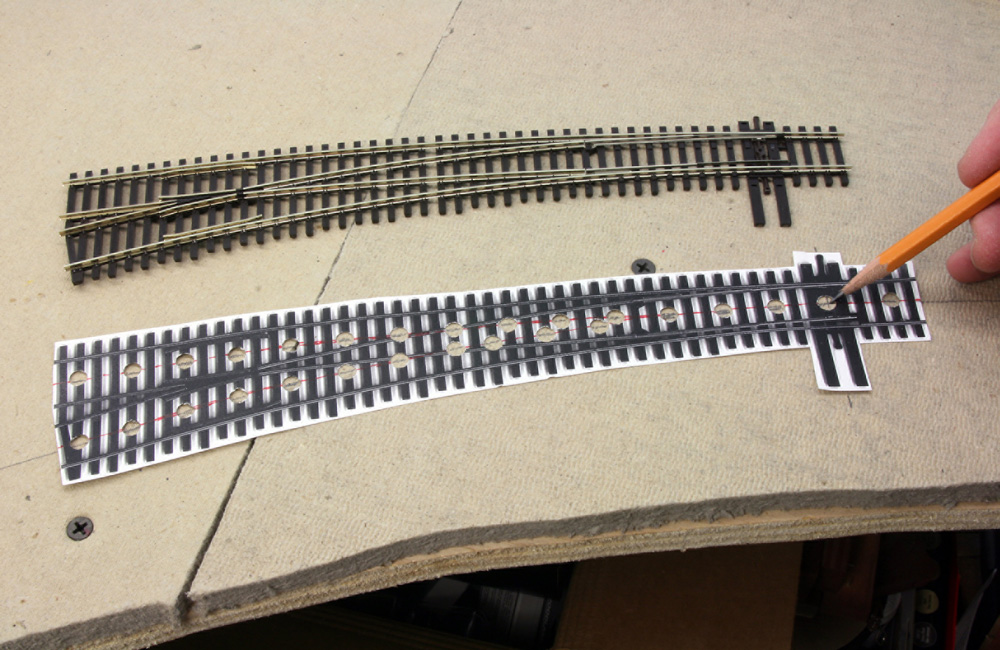
How do I use paper turnout templates? Q: I’m looking to get back into model railroading and I’m having a hard time deciding on a layout. I’ve confused myself by looking at hundreds of plans, drawing possible layouts and trying design software. I would like to be able to use paper track templates, but I […]
Read More…
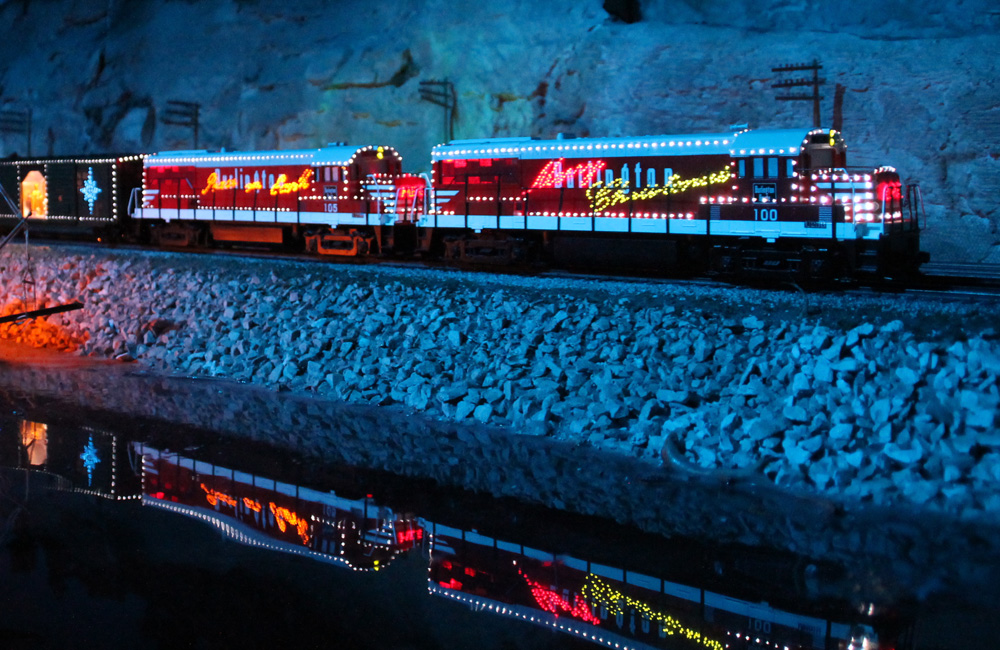
Q: Next Christmas I’d like to build a small automatic direct-current layout to put in my wife’s shop window. How is it possible to make sure that when a train arrives at the station and stops, a switch is triggered, the polarity is reversed, and another train departs in the opposite direction? – Ferruccio Felletti, […]
Read More…












